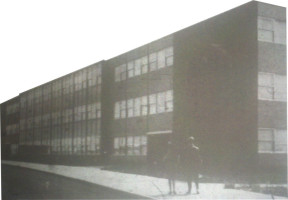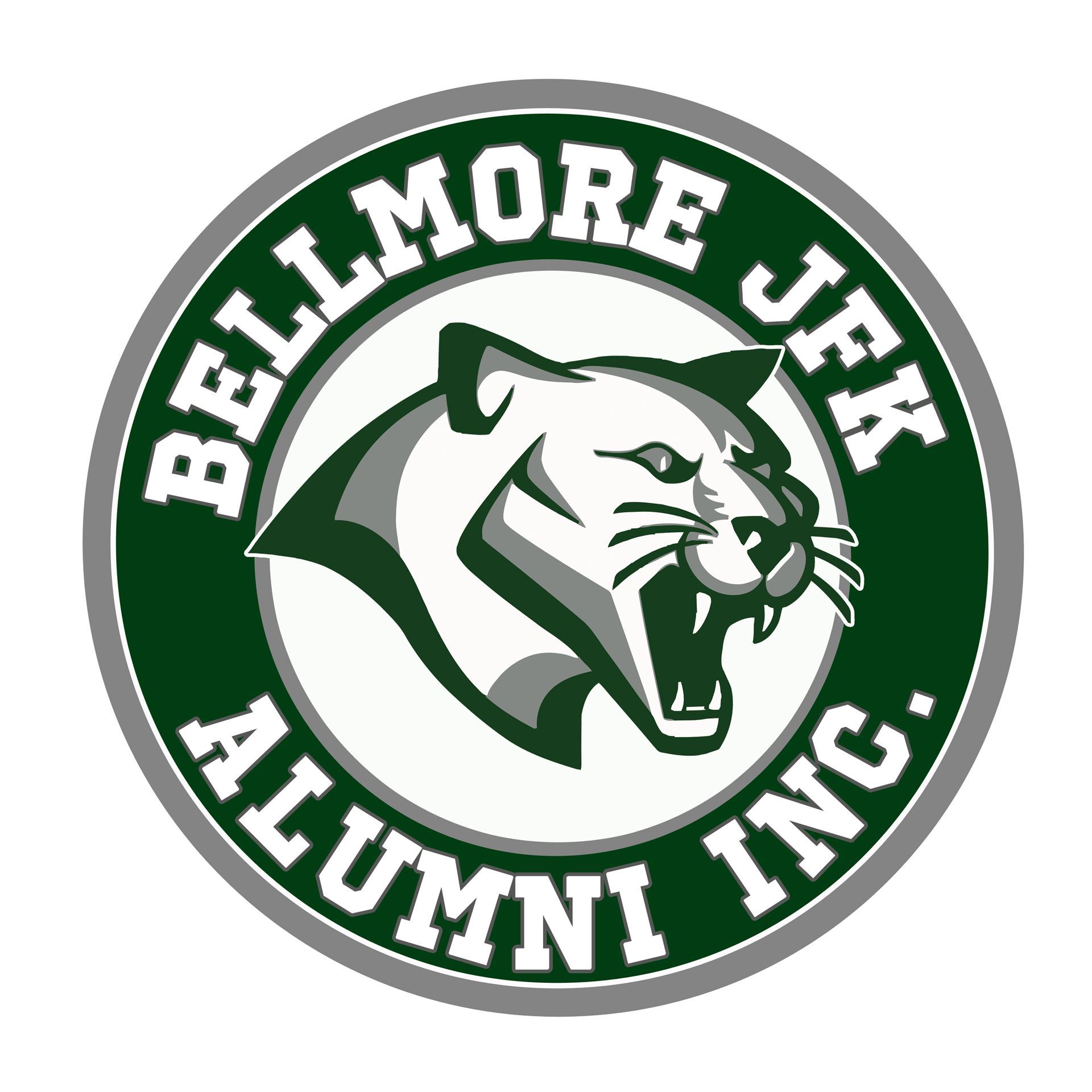-
-
-
-
-
-
History of our School
-
-
-
-
-
-
-
-
-
-
-
1966, John F. Kennedy High School opens its doors

JFK Bellmore
One of the leading citizens of Merrick and Bellmore at that time was Wellington C. Mepham. Prior to 1934 he led many discussions on creating a central high school district for the two towns. On September 25, 1934, the residents of the four elementary districts, voted to create a new central high school district. It was on November 1, 1934, that the proposed plan was approved by the state. Appropriately, when the new high school was being built on farm land that had been sold, the name that was chosen for it was Mepham High School. In September of 1937, Mepham opened its doors and within two years the student body grew from 150 to 1100.
History of Central High School District 3 and the Birth of John F. Kennedy High School
One of the leading citizens of Merrick and Bellmore at that time was Wellington C. Mepham. Prior to 1934 he led many discussions on creating a central high school district for the two towns. On September 25, 1934, the residents of the four elementary districts, voted to create a new central high school district. It was on November 1, 1934, that the proposed plan was approved by the state. Appropriately, when the new high school was being built on farm land that had been sold, the name that was chosen for it was Mepham High School. In September of 1937, Mepham opened its doors and within two years the student body grew from 150 to 1100.
After WWII, another population boom occurred in the Merrick-Bellmore area. Farms again were being sold and the wetlands were being filled. Our baby boomers were now becoming part of the community. As a result, a demand for a new high school was created. Sanford H. Calhoun was built and the first class graduated in 1960. By 1962 the boom continued and houses south of Merrick Rd. were being built and neighborhoods were birthed. Consequently, several elementary schools were constructed, as well as a new High School. Its name was John F. Kennedy High School.
On August 24th, 1966 Bellmore Life printed an article. Here is an excerpt from it:
For the first time, a secondary school building will be opened in south Bellmore when the brand new John F. Kennedy High School on Bellmore Avenue at School St. is opened September 7.
The three story brick building is located on a 28 acre site immediately adjacent to the St. Mark’s Avenue Elementary School. The building has a 2000 pupil capacity, but for the first year, only sophomores and junior students will attend, which allows present seniors to graduate with their respective classes at Calhoun and Mepham High Schools.
Anthony W. Yeneralo, who was the first principal at Jerusalem Avenue Junior High School went it was opened and then was assigned to the Sanford H. Calhoun Senior High School, at the time of its opening will once again, be in the driving seat for new school problems. He will be at the helm of Kennedy High School and Kenneth A. Rutley will serve as assistant principal.
Site work involving play fields, tennis courts and additional parking spaces is still under construction. During the first year athletic team practices will be held at the St. Mark’s Elementary School and the Newbridge Town Park. These arrangements have been worked out with the cooperation with the Bellmore Board of Education and the Hempstead Town Officials. It is planned to have Kennedy High School field varsity teams in all sports during the first semester.
The new facility provides for forty-four regular classrooms, a homemaking suite, a business department, industrial art shops, mechanical drawing, art rooms, instrumental and vocal music and practice rooms and a language laboratory.
Space for large groups, instruction seating is provided with audio-visual, T.V. and special lecture instruction will be carried on. A health suite, guidance facilities, a large library, standard activity rooms, a science department featuring labs, lecture rooms are included.
Membership Application -
Please join:http://www.bellmorejfkalumni.org/membership_registration
Standard Membership Dues $ 20.00 Annually
Membership Application -
Please join:http://www.bellmorejfkalumni.org/membership_registration
Standard Membership Dues $ 20.00 Annually
Here is another version of the Alma Mater, just click, but you will have to go back to the website after.
History of Merrick & Bellmore
Merrick
Named after its first inhabitants, the Merokee Indians, the land changed hands in 1643 when Sachem Tackapousha signed a treaty with Merrick's first colonists, English settlers who escaped the oppressive reign of King Charles I. During the colonial period, Merrick became a trading center because vessels could enter Jones Inlet and sail up deep channels to docks beside what is now Merrick Road. During the War of 1812 these channels, canals and coves made Merrick a haven for buccaneers who preyed on merchants. Pirates in whaleboats once robbed prominent landowner George Hewlett and two friends while they were duck hunting, ripping the silver buttons from their coats. At one point, residents armed with muskets captured one bandit leader and shipped him to New York in irons for trial.
Merrick as Mecca: During a surge of religious activity in the 1860s, Methodists from around the state congregated in Merrick annually. In the beginning, horses and buggies were pulled into two circles around an open field for 10 days of services. The camp normally attracted about 300 worshipers, but some meetings were attended by up to 10,000. Circular streets, such as Fletcher and Asbury Avenues, lined with small cottages that developed around the campground, remain today in the North Merrick neighborhood called the Campgrounds by residents.
Turning Points: The construction of the South Shore Rail Road, predecessor of the Long Island Rail Road, through Merrick in the late 1880s began a period of development. The boom in population and growth after World War II gradually led to Merrick and North Merrick developing distinct identities and separate school districts.
Bellmore
Bellmore was settled primarily by Englishmen who crossed the Long Island Sound from Connecticut in the middle of the seventeenth century. Christian Sorto purchased a 214-acre (0.9 km2) farm in what is now North Bellmore in 1655. Further south, near the bay, John Smith deeded 100 acres (0.4 km2) to his son, Jeremiah in 1676. John Bedell married Sarah Southard and moved into their new home on Merrick Road in about 1689. Two communities grew out of these beginnings. Smithville (later Smithville South) was named for the many Smith families which joined the New Bridge, named for the peninsula on which it stood was along Merrick Road.
When the railroad was built through the area in 1867 they arbitrarily named their station Bellmore. Development followed as both communities grew towards the railroad and adopted the name Bellmore. By 1920, the Bellmores had a population of 3000 as well as stores along Bedford Avenue.

